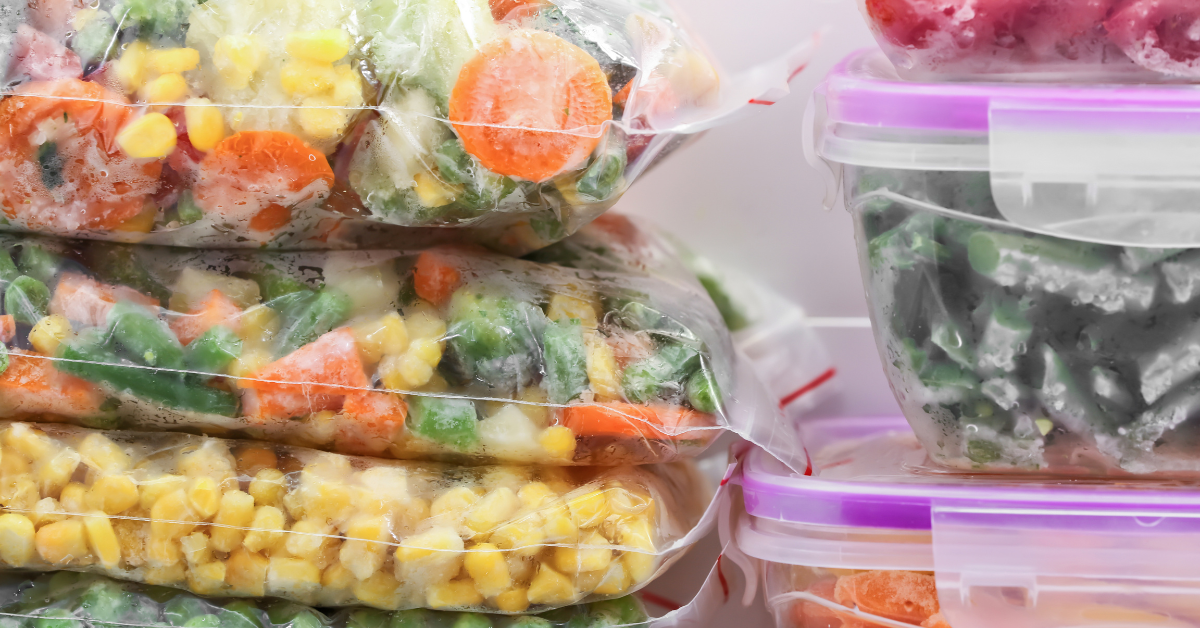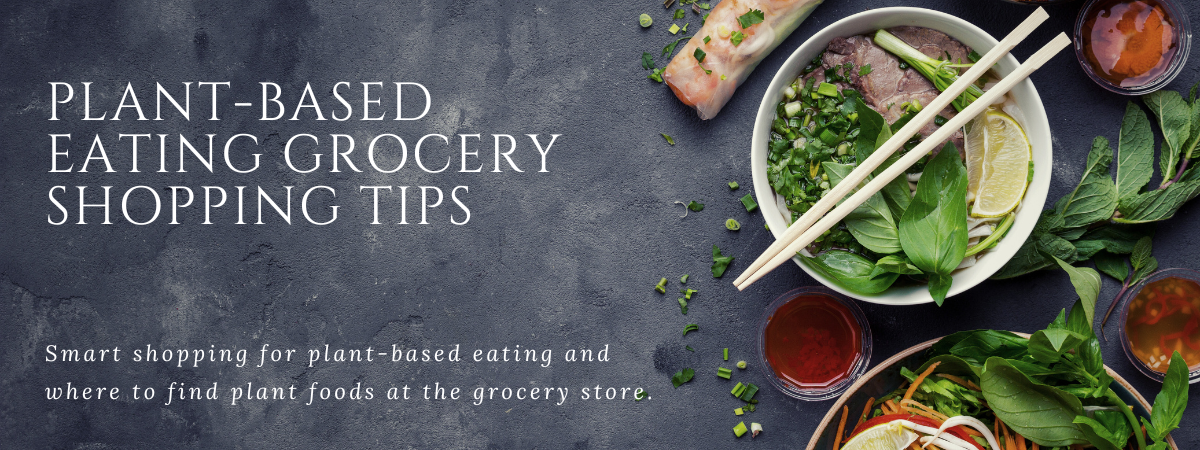Tips for Plant-Based Diet Grocery Shopping
Plant-based eating has continually been gaining popularity. If you clicked on this link, chances are you might be someone interested in knowing more about how to incorporate plant-based foods into your diet. Let’s journey through the grocery store and learn how to choose plant-based foods that will impact your health AND your wallet.
In-season produce
Choosing fruits and vegetables that are in-season is an easy way to save money and ensure optimal nutrition. In-season produce has a greater supply than when those products are out-of-season. Check out the Seasonal Food Guide to learn more about in-season produce in your area.
Frozen foods
When produce is out of season, frozen versions can help keep costs down and the nutritional value up! Studies show frozen produce is better able to retain its nutritional value than fresh produce over time. Frozen foods are essential to maintaining variety for those focused on a plant based diet throughout the year.

“Plant-based” products
Not all plant-based options are created equal. Just because a food says it’s “plant-based” does not mean it is a healthful option. Manufactured plant-based products can still include high amounts of sodium, saturated fat, and added sugar. Foods that are least processed will have lower amounts of these nutrients. Be sure to check the nutrition label before purchasing.


Canned goods
Like frozen produce, canned goods can be a great option for cutting costs and lowering potential food waste. When purchasing canned fruits, choose ones packed in their own juice. If purchasing canned vegetables or beans, choose no salt added when possible or drain and rinse before using to lower the sodium content.
Grain products
Whether you are looking for breakfast cereal or bread, be sure to choose whole-grain options. Whole grains provide fiber, vitamins, minerals, and other plant-based nutrients. Look for the following wording on the ingredients list to ensure the product is made with whole grains: whole (name of grain), whole wheat, stoneground whole grain, brown rice, oats, and wheatberries.
Non-dairy milk & “dairy” products
When choosing non-dairy products like non-dairy milk and yogurts be sure to check the amount of added sugars. If you use these regular dairy products as a source of protein and are looking to switch to non-dairy, check the protein content too. Soy options will contain the highest amounts of protein compared to other non-dairy products.

Hannah Woods
RD, LDN
Hannah Woods is a Registered Dietitian who enjoys helping others create lifestyle habits that allow them to discover freedom with nutrition and movement…. READ MORE


